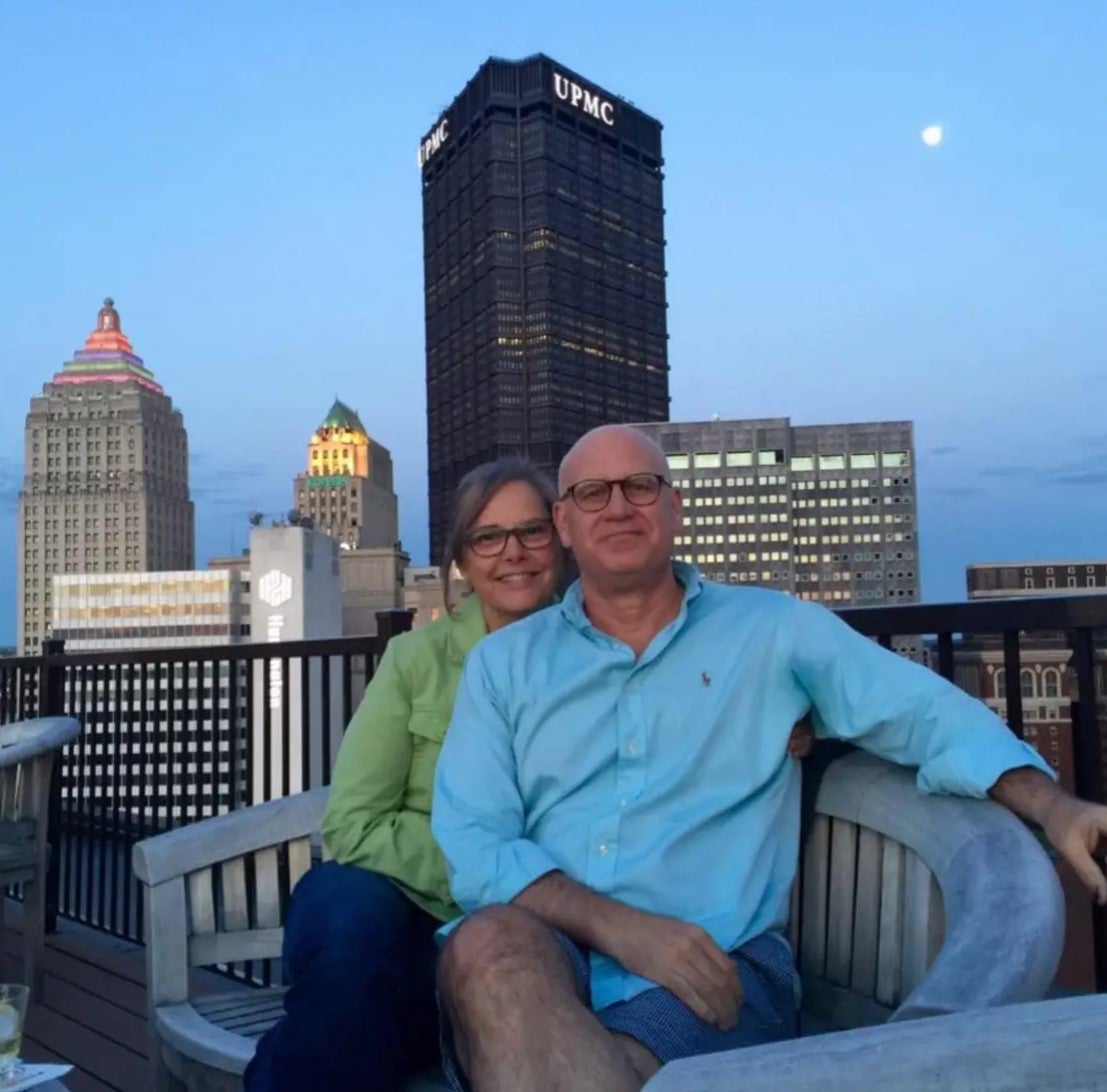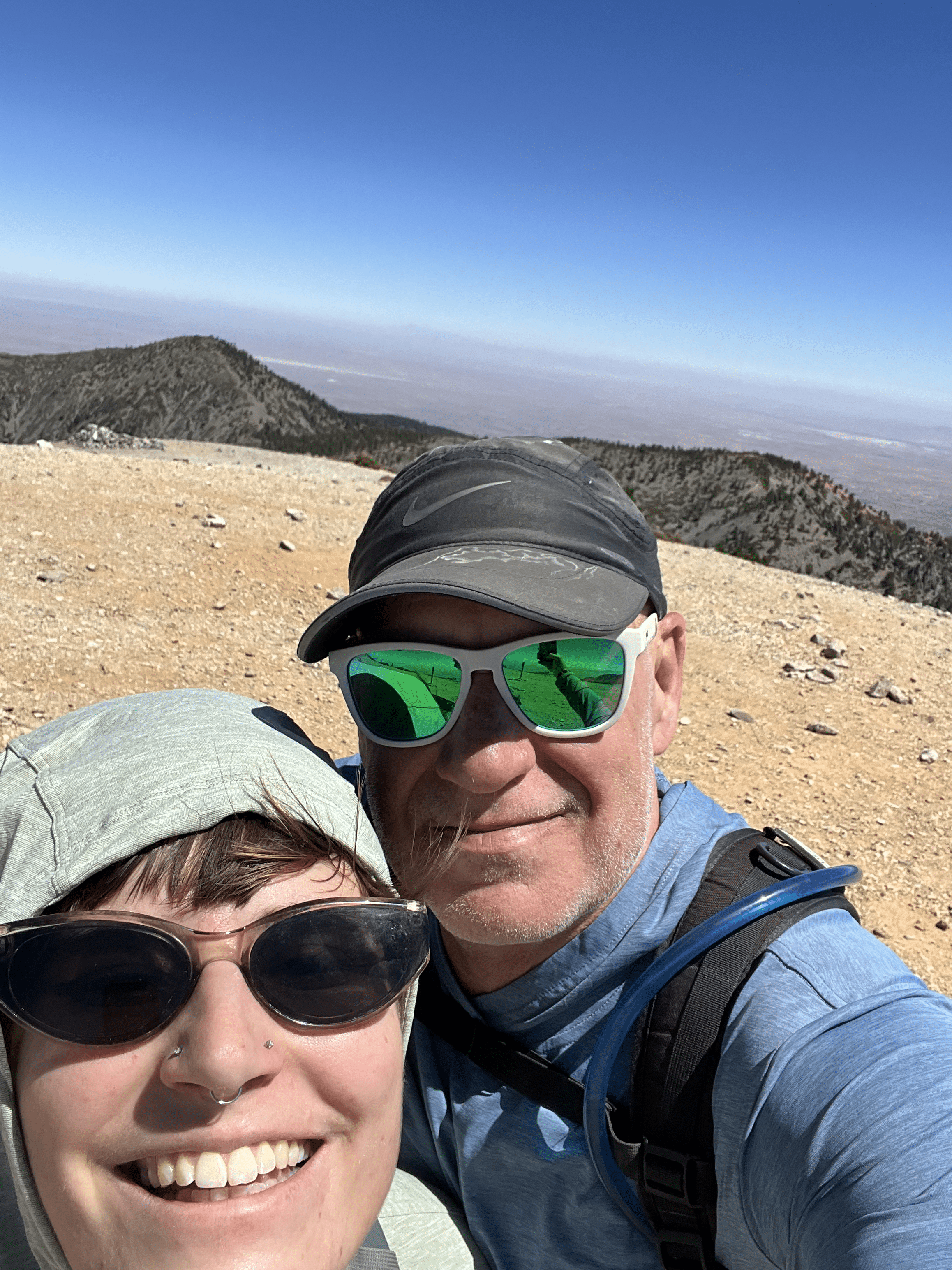
Joel Stevans, associate director of Clinical Education and associate professor in the Doctor of Chiropractic program.
Joel Stevans is the associate director of Clinical Education and associate professor in the University of Pittsburgh Doctor of Chiropractic program at the School of Health and Rehabilitation Sciences (SHRS). With over 30 years of experience as a chiropractor, Stevans will be focusing on research and professional education.
Read on to learn more about Stevans’ career and his hopes for the incoming class.
---
Tell us about your role in the Doctor of Chiropractic program
As the associate director of Clinical Education, I'm excited to share how we're committed to providing our students with an unparalleled clinical education through a three-fold strategy.
First, we are leveraging our relationship with the University of Pittsburgh Medical Center (UPMC). There are no other chiropractic schools in the United States that have such a close affiliation with a world class academic medical center like UPMC. Students will have the opportunity to rotate through acute care and rehabilitation hospitals, interprofessional spine centers, as well as physical medicine and rehabilitation, neurosurgery, sports medicine, occupational health and pain management clinics.
Second, we're building a carefully selected network of community-based chiropractic training sites centered around Pittsburgh where students will be mentored by experienced chiropractors in everyday practices instead of in on-campus student clinics. This network—the centerpiece of our clinical training—includes urban, suburban and rural chiropractic practices, community health centers, hospital systems with integrated chiropractic services and the VA health care system.
Lastly, students will begin their clinical experiences in their very first semester. Unlike traditional chiropractic schools, we synchronize classroom learning with clinical practice to ensure that what students learn in basic and clinical sciences is immediately reinforced in real-world settings. This approach accelerates learning by providing clinical relevance and contextual understanding from day one.
These transformative, interprofessional educational experiences are vital. They will empower students to gain a profound understanding of the complex health care delivery system. They will witness the full spectrum of disease—from early onset to the most medically complex cases—and learn collaboratively with a diverse array of medical professionals and fellow trainees. This enriching journey will not only strengthen their clinical competence but also help them forge a strong professional identity, build meaningful interprofessional relationships and prepare them for a chiropractic career where they will thrive in our modern, team-based health care environment.
Our program has the potential to revolutionize chiropractic education in the U.S. Historically, chiropractic care has been viewed as separate or “complementary” to mainstream health care. While that perception is shifting, chiropractic schools still often operate in isolation. What’s exciting about our program is that it gives chiropractic students the chance to learn, train and collaborate with a diverse range of students and clinicians from other health professions and, just as importantly, help other health professionals better understand the unique and valuable role chiropractors play in enhancing patient health and well-being.
What research are you currently working on?
I focus on health services and implementation science research, which means I’m not trying to find new treatments, but rather making sure patients get the care that’s already proven to work—and avoid care that isn’t effective. It sounds simple, but it’s actually quite a challenge. Every day, some patients miss out on helpful treatments, while others get unnecessary interventions that don’t benefit them. These decisions can have serious consequences. For example, in one of our studies with over 5,000 patients with acute low back pain, we found that when doctors used treatments not backed by research, patients were much more likely to develop long-term, chronic back pain.
The exciting part is that our students will be putting this research into action during their clinical rotations. They’ll collect data on the treatments they provide and analyze how well their decisions align with research. By tracking patient outcomes, they can see what’s working and what might need improvement. And if something needs changing, they’ll develop plans to make their care even better. Our goal is to train clinicians who are always improving the quality of care they provide to benefit their patients.
How did you become interested in a chiropractic career?

Stevans and his wife enjoying a pleasant evening in downtown Pittsburgh.
I earned my Bachelor of Science in biochemistry from Cal Poly, San Luis Obispo, followed by a Doctor of Chiropractic degree from the Los Angeles College of Chiropractic and later a PhD in rehabilitation science from Pitt.
My journey to becoming a chiropractor started in high school after a concussion during football. I struggled with daily headaches and neck pain for months, which affected everything from school to social life. After trying all kinds of medical treatments—none of which worked—I convinced my parents to let me see a chiropractor. It felt like a long shot, but to my surprise, after just a few sessions, my symptoms completely disappeared.
That experience stuck with me. By the time I was finishing my biochemistry degree, I knew I wanted to work in health care, but I wasn’t sure in what capacity. I explored different paths, but I kept coming back to chiropractic. The idea of a non-invasive, hands-on approach to health—one that doesn’t rely on medications or surgery—just clicked for me.
Over my 30-year career as a chiropractor, I've embraced various roles within the profession. I began in private practice, working directly with patients to support them on their health journeys. Later, I transitioned into executive leadership, managing large networks of chiropractors and gaining a broader perspective on the field. Currently, I'm focused on research and professional education, aiming to advance chiropractic care and train the next generation of practitioners.
What's driven me throughout my career is the understanding that chiropractic care offers a safe, effective and affordable way to address common conditions that significantly impact the quality of life for millions of people. Back and neck problems are among the leading causes of disability in the U.S. and worldwide—a challenge that's only growing as the population ages. As our profession becomes more integrated into the broader health care system, chiropractors are uniquely positioned to play a critical role in tackling this major public health issue.
What else would you like students to know about you?

Stevans and his daughter on a Mount Whitney training hike, standing on top of Mount Baldy in California.
I'm married, and we have one daughter who lives in California. I’ve always been passionate about nature and love exploring the mountains. I’m an avid runner and long-distance day hiker—I’ve day-hiked the Grand Canyon rim-to-rim, and this past summer, I summited California’s Mount Whitney, the tallest peak in the contiguous U.S.

Stevans’ two black Labs, Cash and Whitney.
When I’m not out on an adventure, I love catching live music, training on Pittsburgh’s iconic city stairs or hitting the trails with my two black Labs.
I'm excited to meet each of our incoming students! I can’t wait to learn about their professional goals, passions and dreams so we can work together to create a path that helps you achieve them.
---
For more information about the Doctor of Chiropractic program, visit our website, or speak with an enrollment specialist at enroll@shrs.pitt.edu today!
